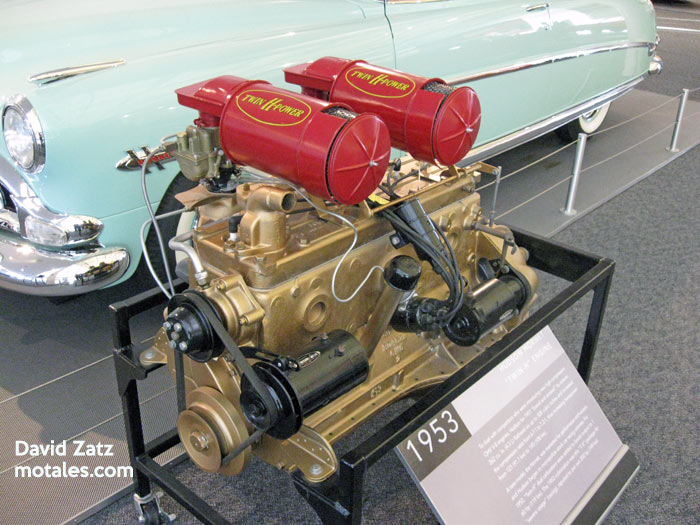The upper floor usually held newer cars, from the 1950s to the Original Minivan—reportedly badged as a Dodge or a Plymouth depending on need and mood, with one interesting display showing the wiring harnesses of a 1950s car compared with a 1990s car. This floor could be quite crowded, and included a Hudson Hornet but few other representatives from AMC.





The museum was turned into a nonprofit with a board of company people, dealers, and citizens on April 1, 2008; each dealership owner was asked to donate $5,000 for its endowment. While Chrysler donated many vehicles to the museum—some intended to be sold to raise money—it kept the building and some of the collection. In 2012 it shut the museum to the public, to reopen it briefly, then close it again; in 2016 it turned the building into the U.S. headquarters for Alfa Romeo and Maserati. The collection moved to the Viper plant off Conner Avenue, Detroit, for private use, when Viper production ended.
The slowly-rotating central tower in the atrium had five vehicles, all concept cars. A number of the cars were rotated in and out of the museum from the collection or from private collectors.
Sources: Terry Parkhurst story at Allpar, personal experience, press releases, interviews
Also see, at Allpar:
Copyright © 2021-2025 Zatz LLC • Chrysler / Mopar car stories and history.
YouTube • Editorial Guidelines • Videos
Tailfins Archive • MoTales on BlueSky